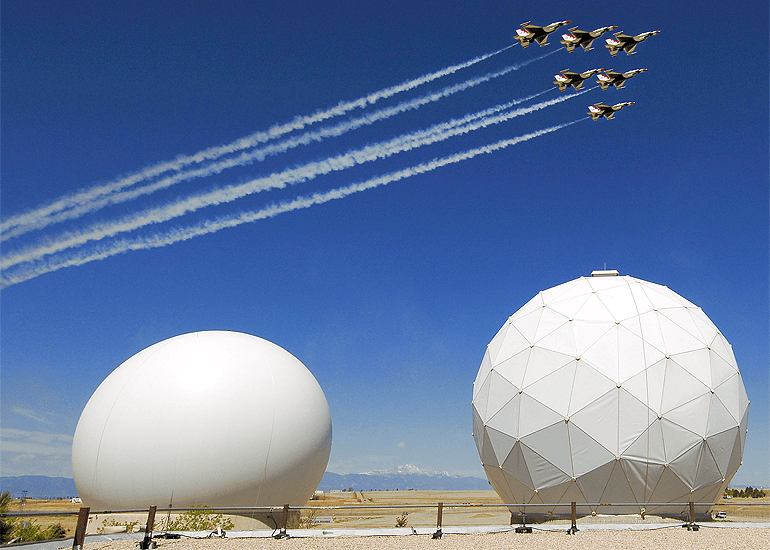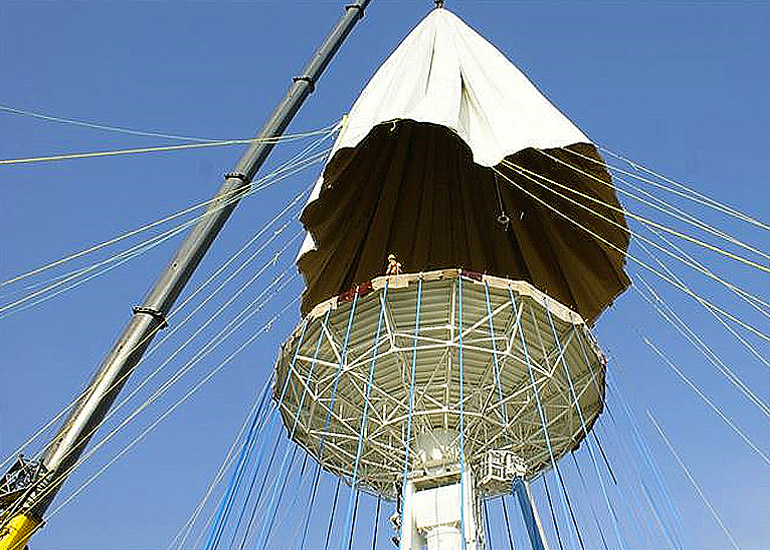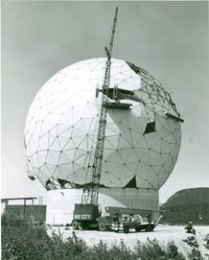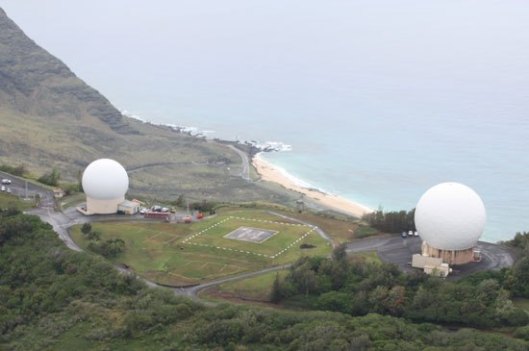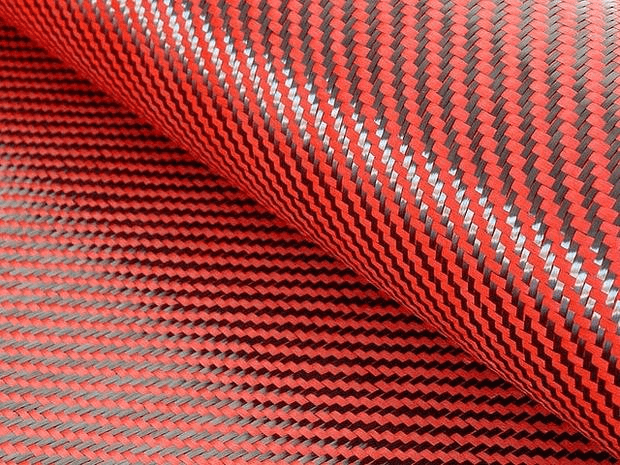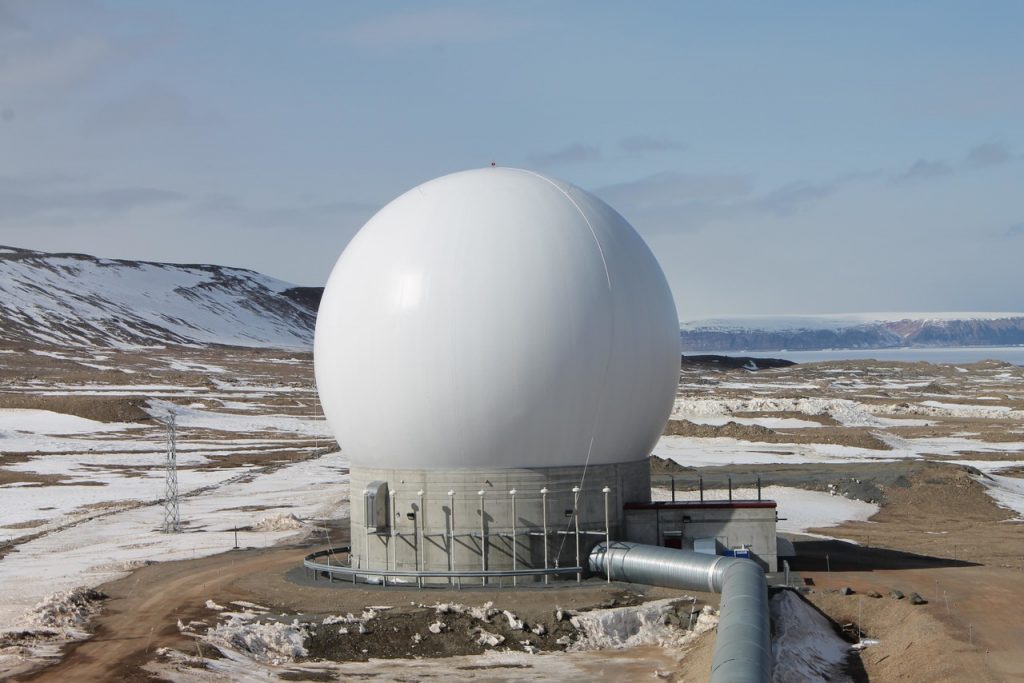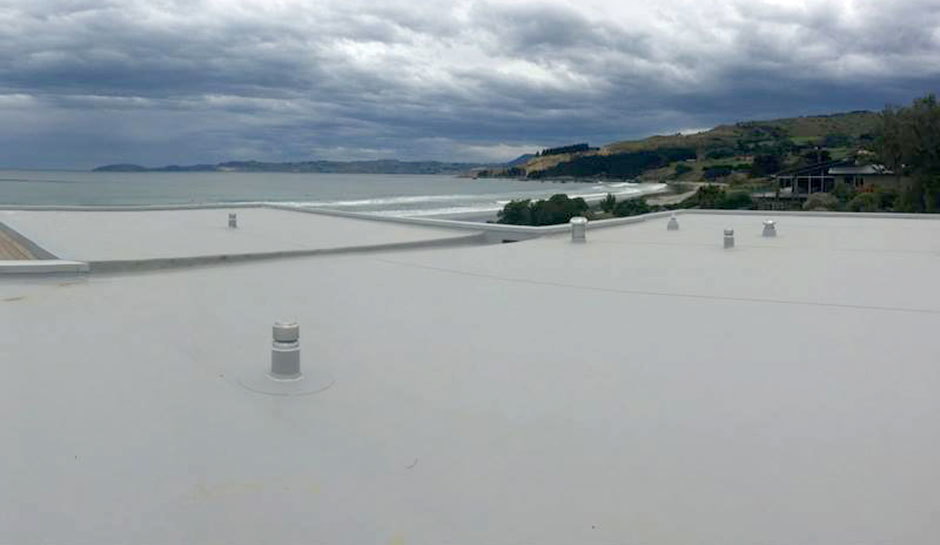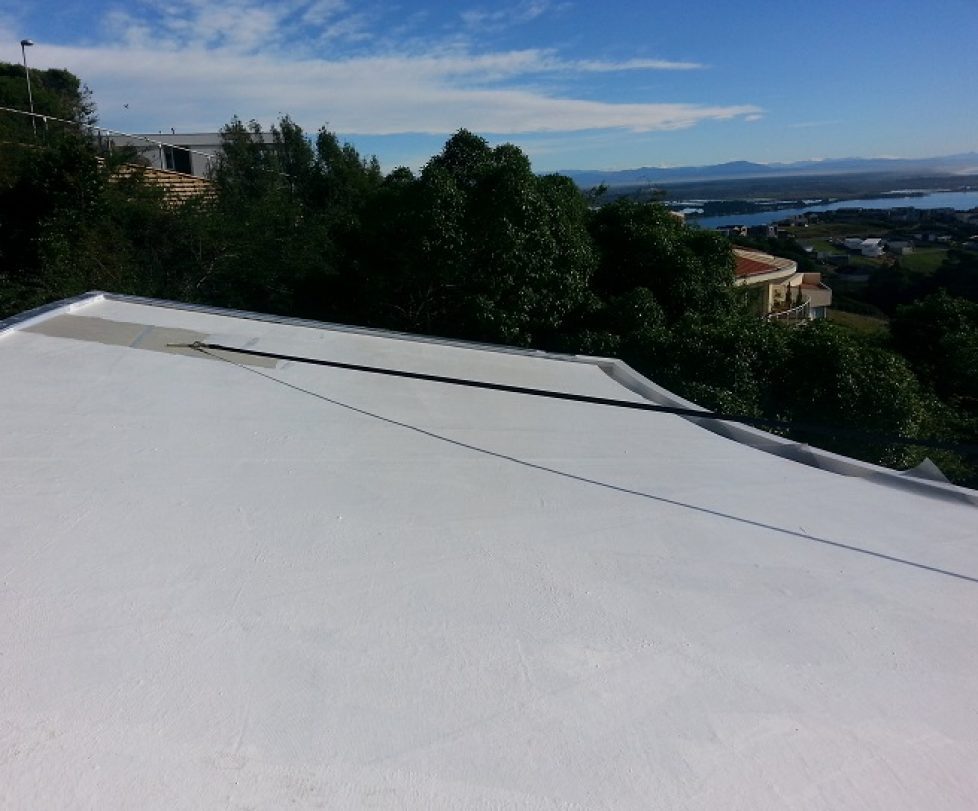
Nationwide Consulting LLC is Experienced in Kevlar Roofs to Protect Radar Equipment from the Elements
Airpower meets space power
The Air Force Thunderbirds fly over Schriever Air Force Base, Colo., May 25. In the foreground are twin Kevlar roofs – the radomes of the Colorado Tracking Station, part of the Air Force Satellite Control Network. (U.S. Air Force photo/Amber Whittington)
SCHRIEVER AIR FORCE BASE, Colo. — The 23rd Space Operations Squadron took another step toward upgrading a critical antenna at New Boston Air Force Station, N.H., recently, when crews installed an air-supported Kevlar radome around its newest Air Force Satellite Control Network antenna.
“The radome is designed to protect the $13 million antenna from the elements and allow for a longer lifespan,” said Brian Pal, Honeywell on-site engineer. “It’s a key piece in the process of making this asset operational.”
The new structure, including cutting edge Kevlar roofs, is replacing a nearly 40-year old antenna at the site and represents a substantial improvement in technology and performance.
This study is based on research into the effect of accelerated environmental aging (alternate cycles of UV radiation, moisture, and hot steam) in two polymer composite laminates developed using Kevlar 49 and glass E fibers with different hybrid fabrics. One uses a bidirectional textile with hybrid strands and the other with Kevlar and glass fiber strands in the weft and warp.
An installation crew lowered Kevlar fabric around a new tracking antenna at New Boston Air Force Station, N.H., recently.
After being inflated the Kevlar formed a radome around the antenna, protecting it from elements. (U.S. Air Force courtesy photo)
The 23rd Space Operations Squadron recently completed installation of an air-supported Kevlar radome around its newest tracking antenna at New Boston Air Force Station, N.H. The radome is designed to protect the antenna from elements and prolong its operational life.
Project leaders decided to use an inflated dome to protect the antenna due to its reduced signal loss compared to a framed structure. The radome installation was one of the project’s final elements and now allows engineers to begin extensive system integration and operational testing on the apparatus.
(Courtesy photo) NEW BOSTON AIR FORCE STATION, N.H. — A “golf ball,” designed to protect an
Air Force Satellite Control Network antenna from the elements, is constructed here in 1960.
In the real world, architects favor Kevlar for two reasons, and both are about performance: It’s lightweight and easy to integrate. A thin blanket can serve as structural reinforcement or ballistic protection, everywhere from seismic shear walls to bank counters. Sprinkle the fibers into carbon composites to cut weight and boost strength: The grades Kevlar 49 and 149 are the lightest and most robust; Kevlar 29 is comparable in potency to glass fiber but weighs less.
The fact is, Kevlar roofs and Kevlar’s aramid cousins can, and should revolutionize how we build. To a large extent, it’s up to manufacturers and fabricators to bring architects less expensive applications of the fibers for building products.
Courtesy photo) One of the antennas (right) at the Kaena Point Satellite Tracking Station is currently undergoing
a process to hybridize or reuse parts of the antenna. The process includes keeping the 60-ft antenna,
ringwall and radome, but upgrading all of the antenna electronics, communications infrastructure and core electronics(.
The recent upgrade signals the Air Force’s increasing reliance on the capabilities generated there.
“23 SOPS is excited to be a part of this culmination of efforts by the Space and Missile Systems Center, Honeywell and Team BOSS,” said Lt. Col. David Hanson, 23 SOPS commander. “We look forward to commencing operations of this newest generation AFSCN antenna in 2014. Special thanks to all involved for their dedication and teamwork.”
Kevlar is used in high-strength construction fabrics used for roofing,
structural connections, and more. (Courtesy photo)
(Courtesy photo) A remote block change antenna designated as POGO-Charlie, operated by
Detachment 1, 23rd Space Operations Squadron at Thule Air Base, Greenland, July 26, 2016.
Kevlar FR-K1 Kevlar Roof Coating for Remote Building Locations
Description:
FFR-K1 is a flexible multi-purpose Kevlar reinforced Thermo-Set designed to protect a variety of surfaces including asphalt, single ply, PVC, TPO, rubber, concrete, foam, wood, and metal. FFR-K1 is also suitable for coating petroleum-based surfaces such as tar or rubber cement. It is especially suited to applications where surface movement may defeat the protection of a rigid, non-reinforced coating.
Application Areas:
FFR-K1 is excellent for waterproofing EPDM, TPO, PVC, built-up, single ply, polyurethane foam, concrete, and metal roofs. The flexibility retained by FFR-K1 allows for surface movement caused by thermal shock to most structures.
Advantages & Benefits:
-
Single component, no mixing.
-
Adheres even to damp surfaces without priming. Withstands ponding water.
-
Can be installed in freezing conditions. Retains flexibility in sub zero conditions.
-
Withstands attacks from most chemicals, traffic, and severe environments.
-
Highly thixotropic allowing for ease of application
-
Surface temperature will not exceed 10ºF above ambient. High Albedo reduces heat and lowers energy cost
-
Low sag minimizing dripping.
-
Kevlar reinforced (520,000 psi)
-
Class “A” fire rated
-
EPA Registered / Energy Star Approved.
-
Sustainable roofing system that saves expensive removal and disposal cost.
-
Cellulous bond to concrete and wood.
-
100% adhesion of product to substrate
-
10 –20 yr. extendable warranty available for roofs.
FFR-K1 is a UV / moisture cured reflective roof bonding agent. No other roof product in the world can be installed underwater and in freezing conditions.
Application:
FFR-K1: can be applied by brush, squeegee or roller at approximately 50-sq. ft. per gallon. A 2-2.5 gallon per 100 sq. ft. application is recommended to help insure complete protection. Surfaces subject to significant movement or other difficult conditions may require heavier applications and the use of FFR Scrim. All penetrations or transitions of surface materials should be coated prior to field. Surface configuration or area surroundings may dictate application method.
Dry Film Application Rate:
To yield dry film of Apply Sq. Ft/gallon
- 16 mils: 100 Sq. Ft.
- 32 mils: 50 Sq. Ft.
Limitations:
Do not apply heavier than 32 dry mils per coat. If more is needed, apply in multiple coats. Allow FFR-K1 to become tack-free before applying additional coats or approximately 5 hrs. @ 75ºF. FFR-K1 can be installed in wet conditions, underwater and cure in sub-freezing temperatures.

